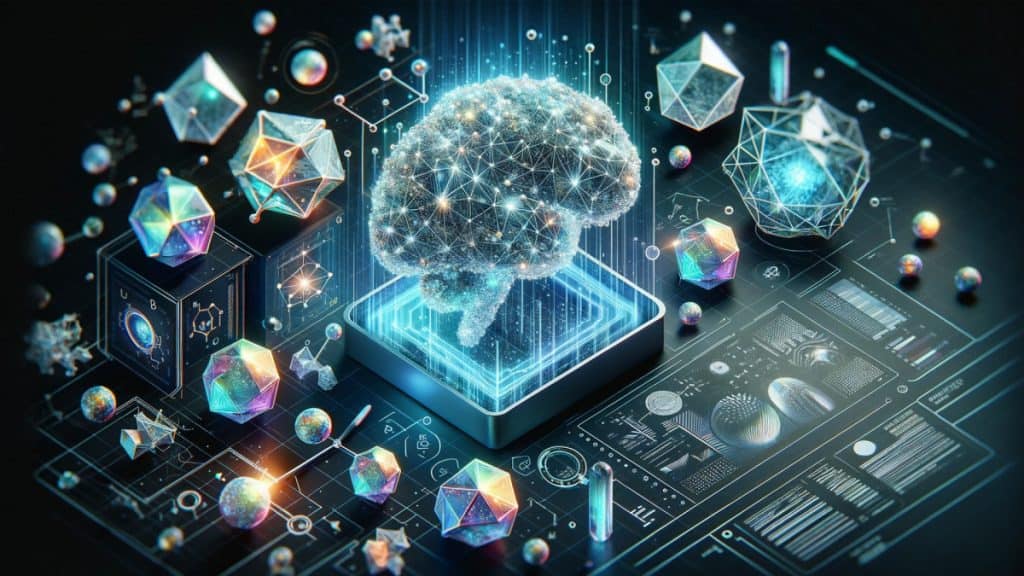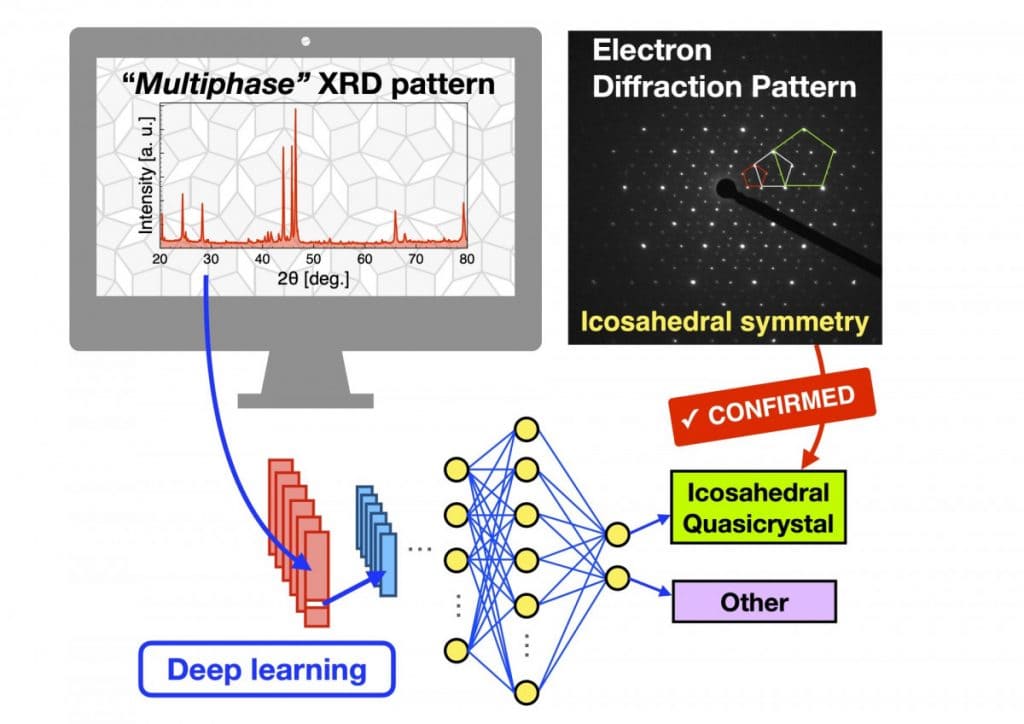Tokyo University of Science Presents New AI Technique for Accelerating Crystal Discovery
In Brief
Researchers at the Tokyo University of Science in Japan have formulated an advanced AI technique designed to hasten the process of identifying various phases in crystalline materials.

Researchers from the Tokyo University of Science In Japan, researchers have unveiled a cutting-edge deep-learning model that significantly speeds up the phase identification process within complex crystalline samples comprising multiple phases.
Under the guidance of Junior Associate Professor Tsunetomo Yamada, the research team has introduced a machine learning ‘binary classifier’ model that boasts an impressive prediction accuracy exceeding 92%. Notably, it can detect icosahedral quasicrystal (i-QC) phases, even when those phases are not the predominant elements in a sample.
With this model, researchers are enabled to swiftly determine the various types of crystals present in a mixture, a methodology that's particularly beneficial in sectors like semiconductor manufacturing, pharmaceuticals, solar energy, and catalysis.
Currently, scientists rely on powder X-ray diffraction techniques, which can become overly complicated when analyzing multiphase samples containing a variety of crystal types. As they strive to create new materials to tackle pressing issues such as energy storage and carbon capture, the demand for accurate identification grows ever more critical.
This research is a collaborative effort that includes the Tokyo University of Science (TUS), the National Defense Academy, the National Institute for Materials Science, Tohoku University, and The Institute of Statistical Mathematics.
While many researchers globally have sought to utilize artificial intelligence and machine learning to predict new materials, the traditional methods require an immense investment of time and human expertise to ascertain whether the desired substance has been successfully produced. This led us to explore deep learning as a means to streamline new phase identification,” stated Junior Associate Professor Tsunetomo Yamada in a written communication.
Leveraging Deep Learning for Alloy Identification
Researchers began their journey by constructing a 'binary classifier' using data from 80 different types of samples convolutional neural networks to establish this model. Subsequently, they trained the classifier utilizing synthetic multiphase X-ray diffraction patterns, which were created to echo the expected identification patterns of i-QC phases.
After the training phase, the model's efficacy was evaluated with both synthetic and authentic diffraction patterns.
The AI model adeptly identified an unknown i-QC phase within multiphase Al–Si–Ru alloys during a screening of 440 diffraction patterns from unidentified materials spanning six different alloy systems, a finding further validated by examining the material’s microstructure and composition with transmission electron microscopy.

Additionally, this deep-learning model focused on rapid phase identification isn't confined to i-QC phases alone. The researchers anticipate its application could be broadened to identify other crystalline materials, signifying a critical advancement in materials science.
The implications of this discovery could revolutionize industries involving mesoporous silica, minerals, alloys, and liquid crystals, offering promising pathways for the discovery of innovative materials within the realm of material sciences.
Disclaimer
In line with the Trust Project guidelines Please be advised that the information on this page should not be interpreted as legal, tax, investment, financial, or any other type of advice. Always invest responsibly and seek independent financial counsel if uncertain. For more insights, we recommend consulting the terms and conditions along with support resources provided by the advertiser or issuer. MetaversePost is dedicated to delivering precise and impartial reporting, but market conditions can shift without prior notice.


